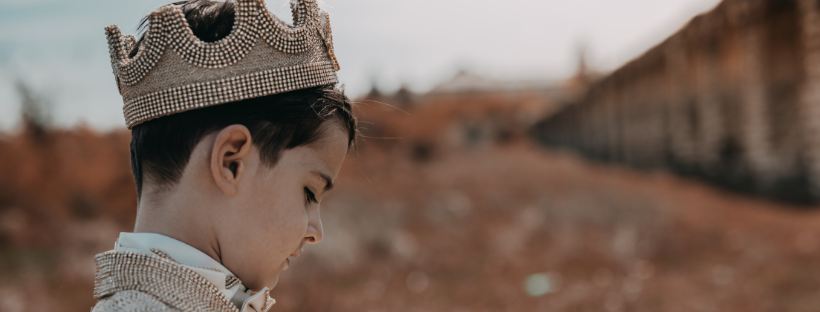Everyone has their preferred learning style, and you can assess it through close observation.
"Learning styles is a term that refers to different ways in which we learn, process, and retain information. All young children learn through meaningful hands-on experiences—through touching, doing, and moving. And children also learn through seeing and hearing." Abilitypath
.png)
As you follow what the children are doing and what their interests are, you will begin to see strengths and preferences that tell you something about each child’s preferred learning style. The 4 learning styles are:
- Visual (learning through seeing)
- Auditory (learning through hearing)
- Tactile (learning through touching)
- Kinesthetic (learning through doing and moving)
Visual learners
Visual learners learn through seeing. Children who are visual learners like to observe others' body language and facial expressions. Children learn through concrete examples and demonstrations. For older children who can read, written instructions are helpful in addition to verbal ones. These children tend to have a good imagination and they might even think in pictures. Maps, pictures, and other visual aids are good for this group. Too much action in the classroom may cause distraction.
→ Create a visual timetable of the day
→ When learning to count, help by drawing 2 + 2 with apples, etc
Auditory learners
Auditory learners learn through listening and sound. Children who are auditory learners learn through discussions and talking. Verbal directions help with written information. Too much noise may be distracting, so children with this learning style are best in the more quiet learning environment.
→ Practise storytelling
→ Listen to audiobooks
Tactile learners
Tactile learners learn through touching and using their senses. Children who are more tactile learners enjoy activities and projects that include doing by hand and touching different types of items. Children with this learning style might like to draw to help with memorizing things.
→ Make puzzles
→ Provide messy play (eg. slime)
Kinesthetic learners
Kinesthetic learners learn through moving and doing. Children who are more kinesthetic learners enjoy physical movement and they may have trouble sitting still. They often do two things at the same time, such as count and rock their chair. A hands-on approach that allows the child to actively explore around helps her learn best.
→ Count while jumping
→ Spot shapes from the environment
As a teacher, you may want to foster each child’s strengths by finding them suitable tasks according to their personal learning styles. It is also good to keep in mind that giving some challenges helps children to learn and grow as well. Also, some children can perform well in many learning areas. Therefore, offering a variety of learning experiences encourage the children to develop new experiences, strengths, and interests.
Kids Learning Style Survey (Love to Know)
How to support children's unique learning styles in early education?
Early childhood education programs are often organized so that it supports the needs and strengths of all little learners! Below is a checklist that helps you to analyze your center's ways of operating.
Does your center offer?
.png)
.png)


.png)